Auto Alliance Outlines EV Charging Infrastructure Plan, Asks for Help

This week, the Alliance for Automotive Innovation (the largest automotive lobby in existence) released a set of principles relating to the EV charging infrastructure that it believes will be absolutely necessary to spur consumer adoption of electric and alternative energy vehicles in the United States.
“For the auto industry’s transition to electrification to be successful, customers will need access to affordable and convenient charging and hydrogen fueling, easy-to-understand utility rate structures that reward off-peak charging, and improved charging times,” John Bozzella, CEO of the alliance, said on Wednesday. “And we must also work together to grow EV sales without leaving low-income, rural or disadvantaged communities behind.”
That’s corporate-speak for “we need to stop catering to wealthy buyers and the government needs to pay for as much of this as possible.”
Unless you’ve been in a coma since the Bush administration, you’re likely aware that people are paying to support electric vehicles via taxes and the bill just keeps getting bigger. Joe Biden has made EV advancement one of its primary goals, as the U.S. House of Representatives is prepared to move on the $1 trillion infrastructure bill that’s already been passed by the Senate. While the current version doesn’t set aside quite as much money for charging stations as originally envisioned, it’s still ready to dole out $7 billion for the cause. This is on top of multi-billion dollar investments from automakers, prior infrastructure bills, state-backed initiatives, and a decade of subsided EV sales.
While the discourse tends to focus on how alternative energy vehicles are going to be the saviors of this planet, manufacturers frequently gloss over some of the less-than-ideal environmental aspects of battery production. They also never bring up how swapping their production lines over to electric cars will require a fraction of their existing workforces, fewer mechanical components, and allow them to more easily utilize connectivity services that lock product features behind digital paywalls while mining consumer data. If automakers (or the lobbying groups) were as concerned about the environment as they claim, they’d probably shut down operations and recommended everyone ride bicycles. But the reality is that they see electrification as a potential goldmine in savings that simultaneously paves the way for new sources of revenue.
That said, if we’re seriously going to try and engineer the electric revolution — rather than letting the market gradually decide what works — then the AAI is correct in stating that we’ll need to pour cash on the problem.
The alliance wants general support for a widespread EV charging infrastructure. This includes scaling up public and utility investments for chargers (level 2) and hydrogen fueling stations while finding a way to ensure energy prices don’t explode through the roof or electrical grids fail as millions of EVs are plugged in every single evening. The AAI is also pushing for new building codes that would require EV chargers in all residential parking areas and any newly constructed homes.
How can this daunting task be accomplished? According to the alliance, only via strengthened partnerships between public and private entities. The group has said the automotive industry will have invested more than $330 billion by 2025 and the path ahead will require more money from serious partners and “expanded roles for utilities, energy regulators, and other stakeholders to create opportunities for new and existing businesses to participate in this clean transformation.”
Frankly, it sounds like there will be too much central planning — leaving your author concerned about the potential for corruption and roadblocks as decision-makers make unilateral decisions that don’t work for all markets. There’s also a lot here that’s not being considered, particularly the chip shortage that it’s absolutely demolishing industrial productivity right now and the heightening demand for hard-to-source materials required for battery production. Though, if we’re to keep to the tight EV timelines that everyone seems to want, there may be no alternative but to adhere to most of what the AAI is proposing.
[Image: Imagenet/Shutterstock]

A staunch consumer advocate tracking industry trends and regulation. Before joining TTAC, Matt spent a decade working for marketing and research firms based in NYC. Clients included several of the world’s largest automakers, global tire brands, and aftermarket part suppliers. Dissatisfied with the corporate world and resentful of having to wear suits everyday, he pivoted to writing about cars. Since then, that man has become an ardent supporter of the right-to-repair movement, been interviewed on the auto industry by national radio broadcasts, driven more rental cars than anyone ever should, participated in amateur rallying events, and received the requisite minimum training as sanctioned by the SCCA. Handy with a wrench, Matt grew up surrounded by Detroit auto workers and managed to get a pizza delivery job before he was legally eligible. He later found himself driving box trucks through Manhattan, guaranteeing future sympathy for actual truckers. He continues to conduct research pertaining to the automotive sector as an independent contractor and has since moved back to his native Michigan, closer to where the cars are born. A contrarian, Matt claims to prefer understeer — stating that front and all-wheel drive vehicles cater best to his driving style.
More by Matt Posky
Latest Car Reviews
Read moreLatest Product Reviews
Read moreRecent Comments
- Brendan Duddy soon we'll see lawyers advertising big payout$ after getting injured by a 'rogue' vehicle
- Zerofoo @VoGhost - The earth is in a 12,000 year long warming cycle. Before that most of North America was covered by a glacier 2 miles thick in some places. Where did that glacier go? Industrial CO2 emissions didn't cause the melt. Climate change frauds have done a masterful job correlating .04% of our atmosphere with a 12,000 year warming trend and then blaming human industrial activity for something that long predates those human activities. Human caused climate change is a lie.
- Probert They already have hybrids, but these won't ever be them as they are built on the modular E-GMP skateboard.
- Justin You guys still looking for that sportbak? I just saw one on the Facebook marketplace in Arizona
- 28-Cars-Later I cannot remember what happens now, but there are whiteblocks in this period which develop a "tick" like sound which indicates they are toast (maybe head gasket?). Ten or so years ago I looked at an '03 or '04 S60 (I forget why) and I brought my Volvo indy along to tell me if it was worth my time - it ticked and that's when I learned this. This XC90 is probably worth about $300 as it sits, not kidding, and it will cost you conservatively $2500 for an engine swap (all the ones I see on car-part.com have north of 130K miles starting at $1,100 and that's not including freight to a shop, shop labor, other internals to do such as timing belt while engine out etc).




















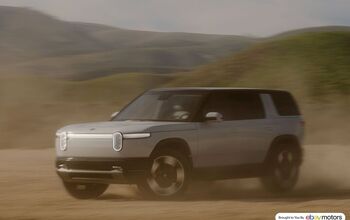
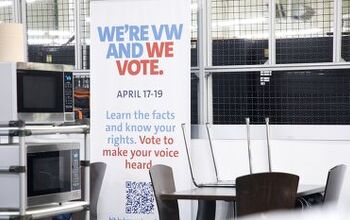
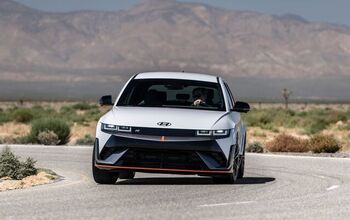

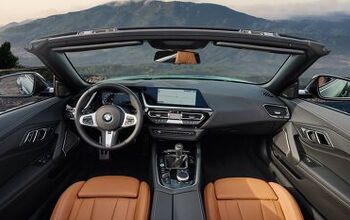


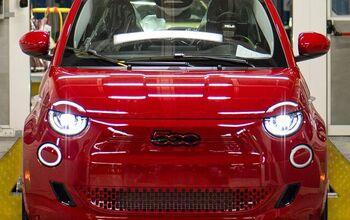

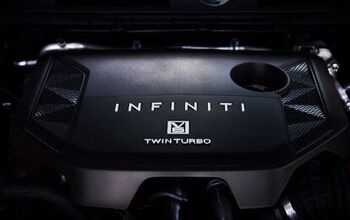
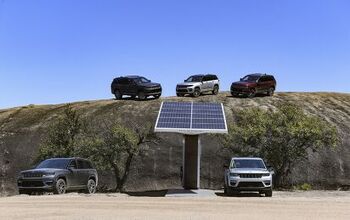
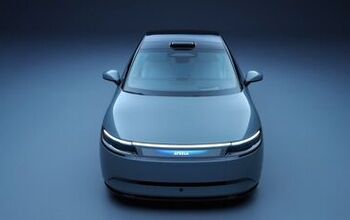
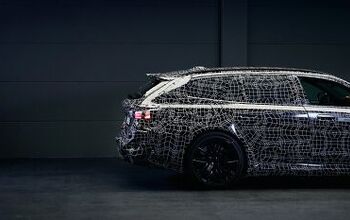

Comments
Join the conversation
It now time for Americans to grow up. You want something you work for it. Your wants ARE NOT for your neighbor to pay for. Govt has NO money It steals money from productive people to get it. You want free stuff then go door to door and ask your neighbors for money. If they are going to finance the EV boom, then they may as well make gas free to make it fair.
dartdude is the perfect example of the low education citizen the GOP wants.